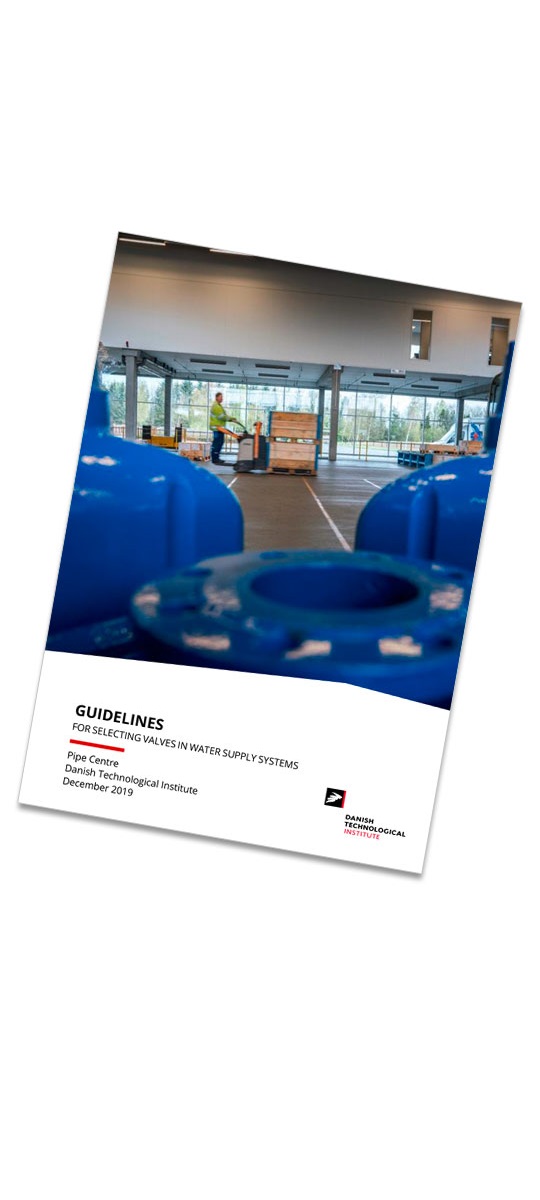
5 hints to selecting the valve you need
Valves are designed to control liquid or gas flow in any outdoor or indoor system. But different systems mean different requirements, and therefore, valves come in various types and with numerous functionalities.
So, which valve gives you the best value based on the functionalities you are looking for?
It is crucial that you find exactly what you need, so you won’t have to replace it again soon - not just in terms of functionality, but also regarding the costs and the complete service life of the valve. And there are various aspects to keep in mind when making the decision. Below, find five hints to help you make the right choice for your next project:
1. Key functionality
First of all, what is the purpose of the valve; preventing backflow, control, open/close? Is it a valve for water or air/gas applications? By specifying the exact performance requirements for the system that the valve should be installed in, you can compare these requirements with the principles and basic functionalities of the different types. Find the detailed principles and functionalities of the most common valve types in the guideline (PDF) below, including e.g. gate valves, butterfly valves, check valves, control valves, ball valves, house connections as well as hydrants.
2. Valve materials and characteristics
The most important parameters when it comes to service life is the quality of the valve wedge, the stem and the coating layer. Therefore, it makes sense to consider the component materials as well as their resistance against i.e. corrosion, porosity, upbuild of biofilm etc. In the guideline, you will be introduced to the most commonly used materials in valve construction, and what you should be aware of.
3. Pressure loss
For especially water systems, it is crucial to select a valve with either none or as low pressure loss as possible. Pressure loss it basically loss of used energy to pump the water, so any loss across the system will mean that you will be using more energy. Learn more about working pressure, optimal temperatures, water hammer as well as workplace security in the guideline.
4. Total Cost of Ownership (TCO)
When considering the costs of a valve, it is important not to focus solely on the purchase price. You need to look at the total costs of owning the valve - from purchase to disposal, and everything in between such as operation, maintenance, durability, lifetime etc. The guideline introduces an easy TCO method to help decision makers make a more detailed decision than just the initial costs.
5. Size and specifications
The proper size is perhaps the most important step to match the field of application. Here factors such as temperature, flow pressure, connections, and any requirements for specific actuation should be considered, as well as any local market requirements such as design standards, tests, approvals or certifications.
Need more details?
Download the complete guidelines (PDF) below to make sure you consider all the relevant aspects before your next valve purchase.
Guidelines for selecting the right valves
